Lucid dreaming is when you become conscious within the dream state. This means that you become aware of the fact that you are dreaming. And, in a magical twist of the phenomena, the dream field of someone who is aware they are dreaming becomes even more vivid, and ‘real’. Sometimes lucid dreamers are able to control their actions, and influence what happens in the dream, almost as if they were directing a film. Some people, who have experienced lucid dreaming report spiritual experiences or moments of insight, during the process. These can be incredibly cathartic, and even life-changing for the dreamer.
Research suggests that about 55% of people will experience at least one lucid dream in their lifetime. However, regular lucid dreaming is rare, with only around 23% of people experiencing lucid dreams once a month or more. Lucid dreams tend to occur during rapid eye movement (or REM) sleep. This is the period of very deep sleep, marked by increased brain activity, and fast breathing.
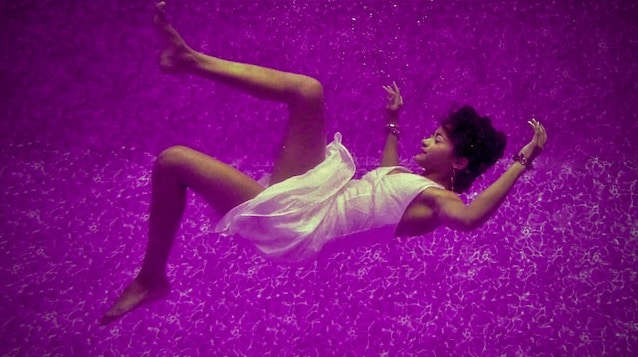
Although neuroscientists are not exactly sure of why and how lucid dreaming occurs, they do have some theories. Studies have shown, for example, that those who do and don’t lucid dream have observable physical differences in the brain. Usually, the prefrontal cortex (the front section of the brain) is bigger in those that experience lucid dreaming. This area of the brain is associated with tasks such as decision making, and recalling memory.
The Similarities Between Lucid Dreaming and Psychedelic Experience
A study, published in Frontiers in Neuroscience, found that the altered states of consciousness induced by psychedelics are very similar to lucid dreams. By collecting descriptions of drug-related experiences online and comparing them to dream reports from a different source they were able to identify that psychedelics, like psilocybin, caused experiences that were the most similar to the experiences reported by the dreamers. Conversely, drugs such as antidepressants, sedatives and stimulants induced experiences least like dreaming.
Interestingly, in both psychedelic trips and lucid dreams, those who took part described visual hallucinations. These ranged from subtle distortions of reality such as trails of color emanating from objects, to more intense hallucinations such as talking to plants or animals. They also both reported a feeling of being at one with the world, dissociation, and a feeling of unreality.
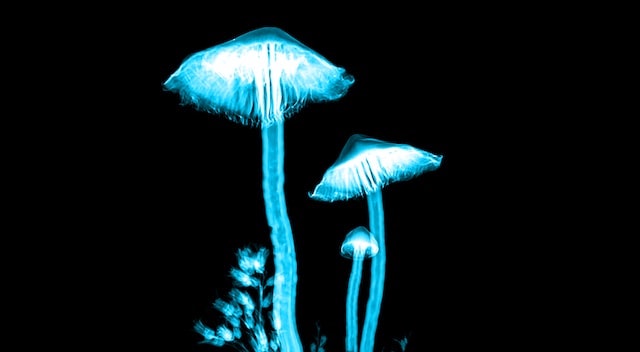
The Suspension of Disbelief
However, there are differences too. Dream imagery tends to be more complex than psychedelic trip hallucinations. Also, serotonin is not produced during dreaming, however, psychedelics mimic the action of serotonin, which actually induces the dream-like state of a trip. Finally, people tend to be aware and understand they are having a psychedelic experience whereas, people are not usually aware they are dreaming (unless lucid dreaming of course!)
A notable other similarity between lucid dreaming a psychedelic trip, is that they induce the suspension of disbelief. This means that the most bizarre situations are accepted by the person without much question or dispute. This is thought to be typical of altered states of consciousness — this is one of the reasons that they are linked to intense spiritual and emotional experiences. Through altered states, especially in the case of psychedelics, people can find healing for trauma, and uncover deep insights. Working on the skill of lucid dreaming is also likely to enhance the openness to, and creativity during, psychedelic trips.

How Can I Lucid Dream?
Some studies have found, and anecdotal evidence supports, that you can improve your chances of lucid dreaming. One of the most common ways to do this is by reality checking. Reality checking, or reality testing, is one of the key methods a person can use to achieve lucidity. The role of it is to determine first, whether you are actually dreaming or not.
What is Reality Checking?
Reality checking involves training yourself, during your waking hours, to check in and ask yourself about the nature of the reality you are currently in. Does everything seem ‘normal’, or as you might expect? Does it seem real?
However, teaching yourself to integrate reality checking into your day-to-day (and then night-to-night) life is more complex than asking yourself a brief question, and then forgetting all about it. For it to have the chance to be effective you must really, consciously, investigate whether you are awake or dreaming.
‘Dream Signs’
One way to make reality checking easier is by using a ‘dream sign(s)’. These are specific things that you will purposely look out for or check, such as looking at a clock-face or mirror, or attempting to push your hand through a solid object, such as a wall or your other hand. It needs to be something that is only possible in a dream world (melting reflections etc.) If these things do happen, then you are dreaming, and you know it.
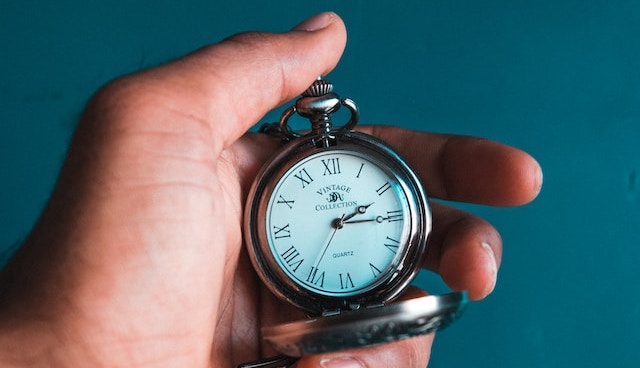
When Should I Reality Check?
It is best to try and perform these checks several times a day. Regularity is key, because you are more likely to do them while dreaming if they have become a habit. It is unlikely that is a dream state you would do this organically, but by practicing them in waking life, the idea is that you will do them automatically while dreaming.
One way to do it, is to ask yourself if you are dreaming at certain points during the day, such as everytime you walk through a door. Was it open or closed? Did you open it, or glide right on through? Next time you dream of passing through a door, you will hopefully perform this check too.
This method works with many small daily moments. You can pick any similar, common moment.
Some Ideas for Reality Checking
Here a some common methods of reality checking to achieve lucid dreaming:
- Look at your reflection in a mirror: in this case, of course, there must be a mirror nearby, in dream or in reality. If there is, take a long look at your reflection. Do you look like you? Are your eyes the right color? You’ll know pretty quickly if something is off…
- Flip a coin: a simple thing to do, and a simple thing for dreams to make weird. Does it fall at the right speed? Does it go extra high? Does it show neither head nor tails but some secret third thing? This is a good option as it demands concentration and attention in real life, meaning it could more easily lodge itself in dreams.
- Hold your breath: this will (obviously) become difficult fast if you are awake. Breathing is so intrinsic to our being that we tend not to notice it. By focusing on it we can see what is reality and unreality.
- Push your finger through your palm: this is a classic of the genre. Because for the majority of people, in both sleeping and waking, you have both hands. This means you can perform this whenever you like. Focus on the push-back of your palm against your finger. Believe you can do it while waking, and then you may find yourself able to do it in dreams.
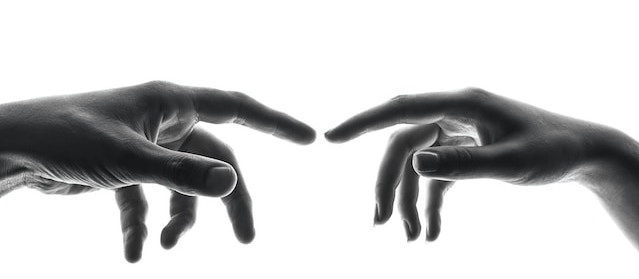
What’s the Best Reality Check Technique?
As with many things, reality checking is not a one-size-fits-all. Rather it may be trial and error finding the one that works for you. The key attributes are that it is something that can be done several times a day and something that calls for a little focus. If these boxes are checked, you should soon find yourself on the way to lucid dreaming.
The Takeaway: Lucid Dreaming
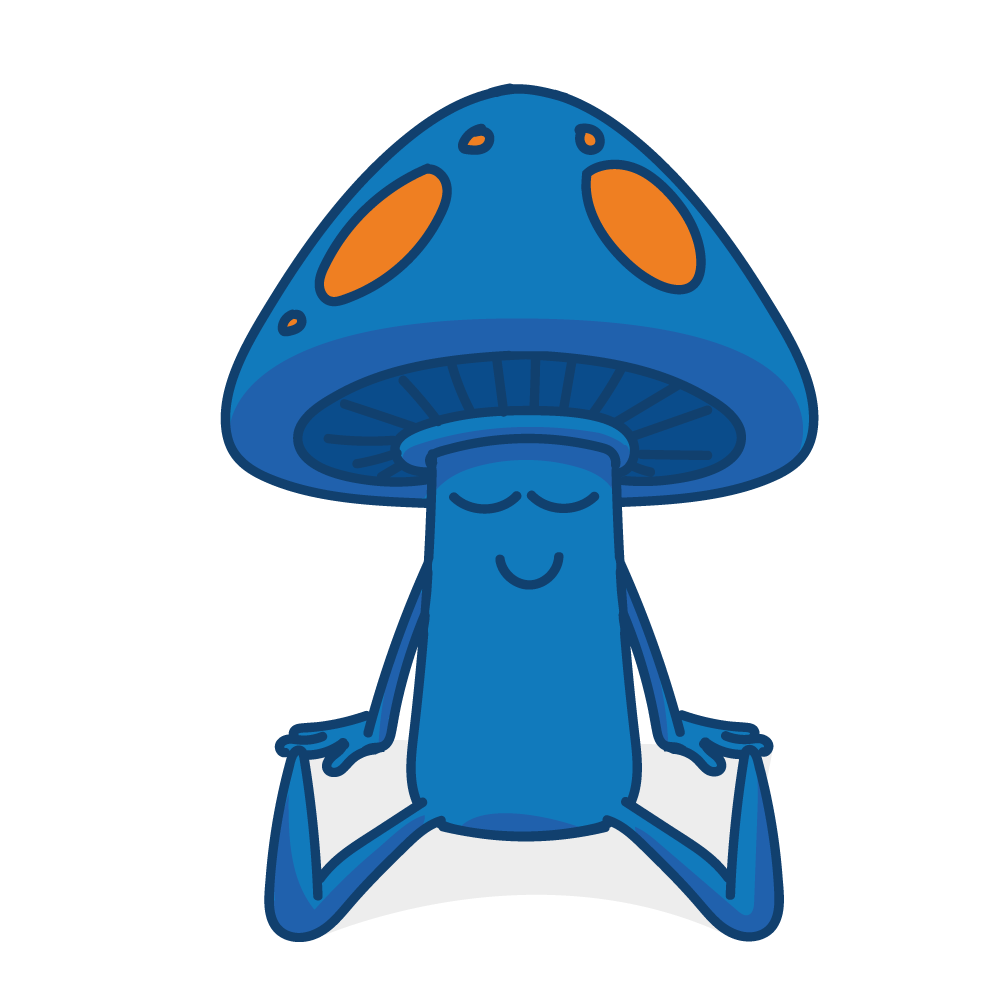
- Lucid dreaming is when you become aware within a dream state.
- Those who lucid dream find they can direct their dreams, and often experience spiritual or emotional insight.
- Lucid dreaming and psychedelic trips share many cross-over qualities, such as visual hallucinations.
- You can increase your chances of lucid dreaming by performing ‘reality checks’.
- These can be a small moment of focus during your waking life that transfers to your dreamworld.
- If you perform these checks and find that something that could not happen in waking reality occurs — then you are lucid dreaming.





